In the mazes of the Old City was a rebirth of the mansion of the beginning of the last century – organically fitting into the atmosphere of the Old City, the new Marionette Theatre became the embodiment of the long-standing daring dream of the filmmaker and artist Tarlan Gorchu. Stepping outside a heavy door with a discreet sign-picture, feels like you fall deep inside into your own memory: everything here is both unexpected and familiar, you see it for the first time, but it seems like a memory... The opening of the unusual temple of Melpomene decorated the premiere performance based on the landmark work in Azerbaijani culture, origin and "inner sanctum" of the musical theatre.
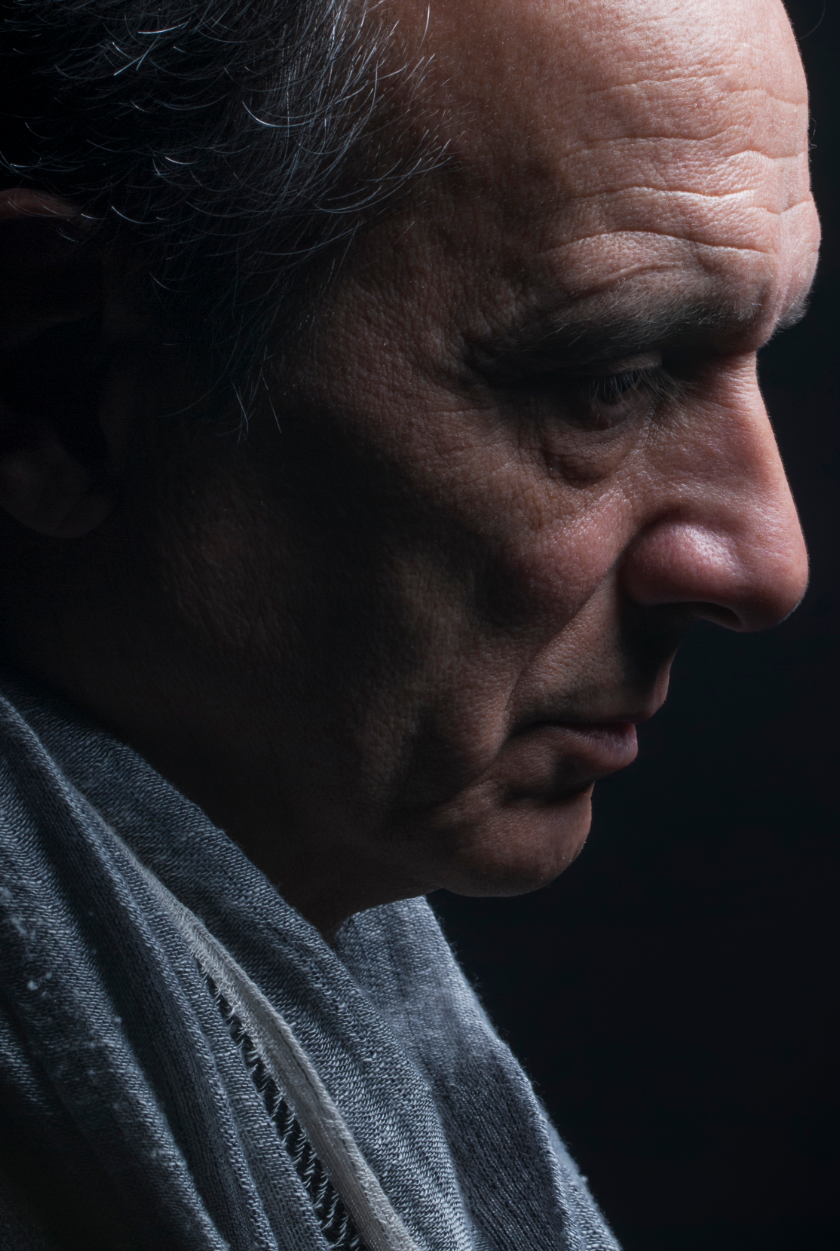
Is the version of "Leyli and Majnun” opera by U.Hajibeyli in the aesthetic of the marionette theatre a fundamentally new reading of the classical model?
Our theatre is focuses on the plays of Uzeyir bek Hajibeyli – kind of like Salzburg theatre, oriented to the Mozart's operas. The puppet performance, of course, has its own specifics, different from the traditional aesthetic of the big stage. Originally, opera lasts more than two hours, in the marionette theater usually about an hour, otherwise the attention of the audience gets distracted. Besides, such performance as you understand is a quite big physical activity for the actors. Adaptation to the conditions of our theatre was not only a technological task, but it also made us adjust the music: some vocal performances have been reduced, the orchestration has been changed... The key to the play lies in Fizuli's interpretation, who through the Arabic legend presented Sufi philosophy, where love is a peculiar allegory of the search of God, and Leyli is a divine prototype. By following his concept in many ways, we at the same time tried to avoid the deification of the love suffering that permeates the poem. Uzeyir bek was not afraid to reveal the earthly feelings of heroes. But I did not want their deaths to be accepted as a failure. In our opinion, the "divine" in love just means the possibility of overcoming death.
How was your vision of this realized in the play?
The first scene of the play became an artistic and semantic leitmotif, its philosophy. The choir of girls opening the opera always seemed to me a bit static, killing down the play. And we decided to visually change the opening part: now the story begins with a symbolic image of the skies, where flying fairies sing "Shebi Hijran."
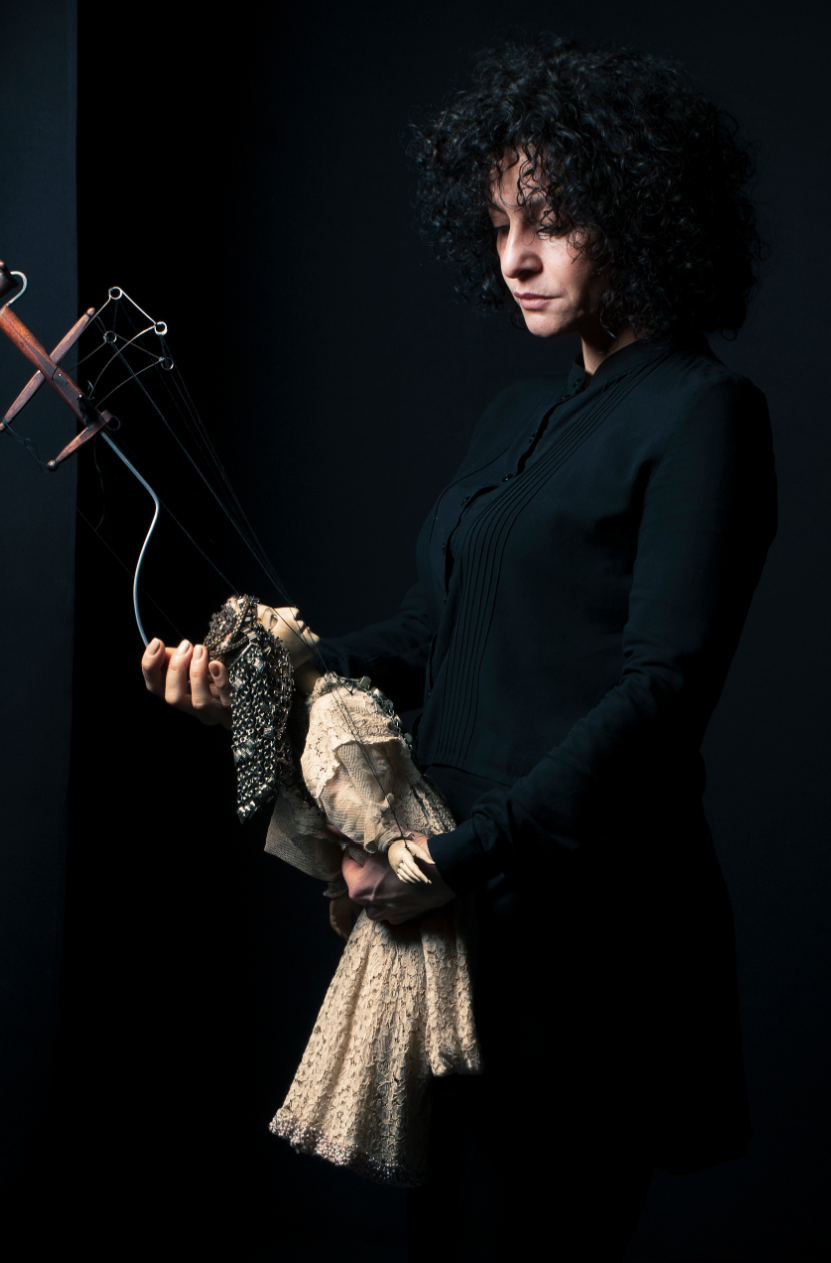
How much the scenography of the play has changed the visual image of the original opera?
I think the bright Arabic aesthetic with white Bedouin suits, tents in the desert is very outdated. I tried to create a generalized image of the East, avoiding domestic accents, without too specific details, whether it is a desert, garden or palace. I have combined different genres of oriental art: calligraphy, carpet art, elements of architecture and painting. For me, East is the visual beauty of the world, where the inner meaning of the subject is hidden behind an externally rich, bright, at first glance, excessively beautiful shell, visible from the first meeting. It is like Middle Eastern calligraphy, where the goal is to beautifully design deep information, showing the world as a stunningly gorgeous flower-bed or garden.
The interior of the building – rooms, crossings, foyer, hall, upper terrace – is extremely concise and functional, at the same time inviting to artistic contemplation: antique dolls, originals of paintings of Azerbaijani painters in the interior, working rooms resembling mini-museums...
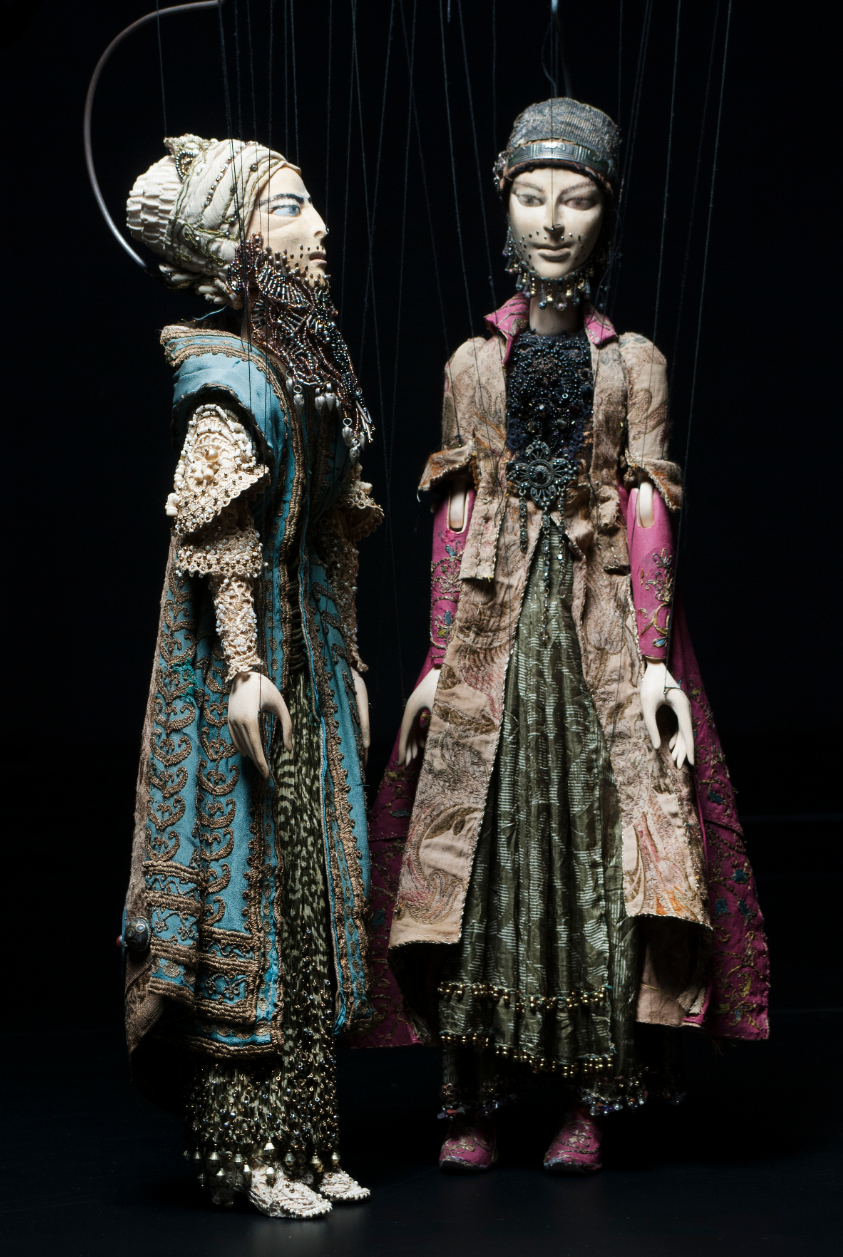
The endings of plays by Gorchu bump into the memory thanks to their unexpected effects...
In the prosaic "Arshin mal alan" heroes fly on a wedding trip in air balloon – so they rise to heaven. In "Leyli and Majnun" everything begins in heaven, and the reflection of heaven persists in the story about Earth people and their feelings. In the ending I emotionally needed a visual event – a holiday, fireworks. Majnun's death at the end of the opera of Hajibeyli, according to Fizuli 's concept, is insufficient for me: the life of a man who loves God cannot simply be torn apart by death. Therefore, when the opera ends, comes our version: for the first time in the play the decorations expand – the barrier between worlds disappears, and a huge rook, all in flowers, with a golden ornament, takes heroes up to the sky. They go into the celestial, sublime world, reaching Love, and it is a kind of reminder of God's presence in our lives.
In the artistic being of Gorchu two sides are strongly intertwined...
I came to the marionette theater to do everything myself. For me, theatre is first of all visual art. I have no idea how to do directing without being an artist in terms of perception of the world. It doesn't matter how professional the director is as an artist: he has to be an artist in essence. From the first touches to the theater it became clear to me that without visual self-expression performances will be faded and half-hearted for me. I get excited about the visual concept, it's what my performance is – no one but me will be able to express it.
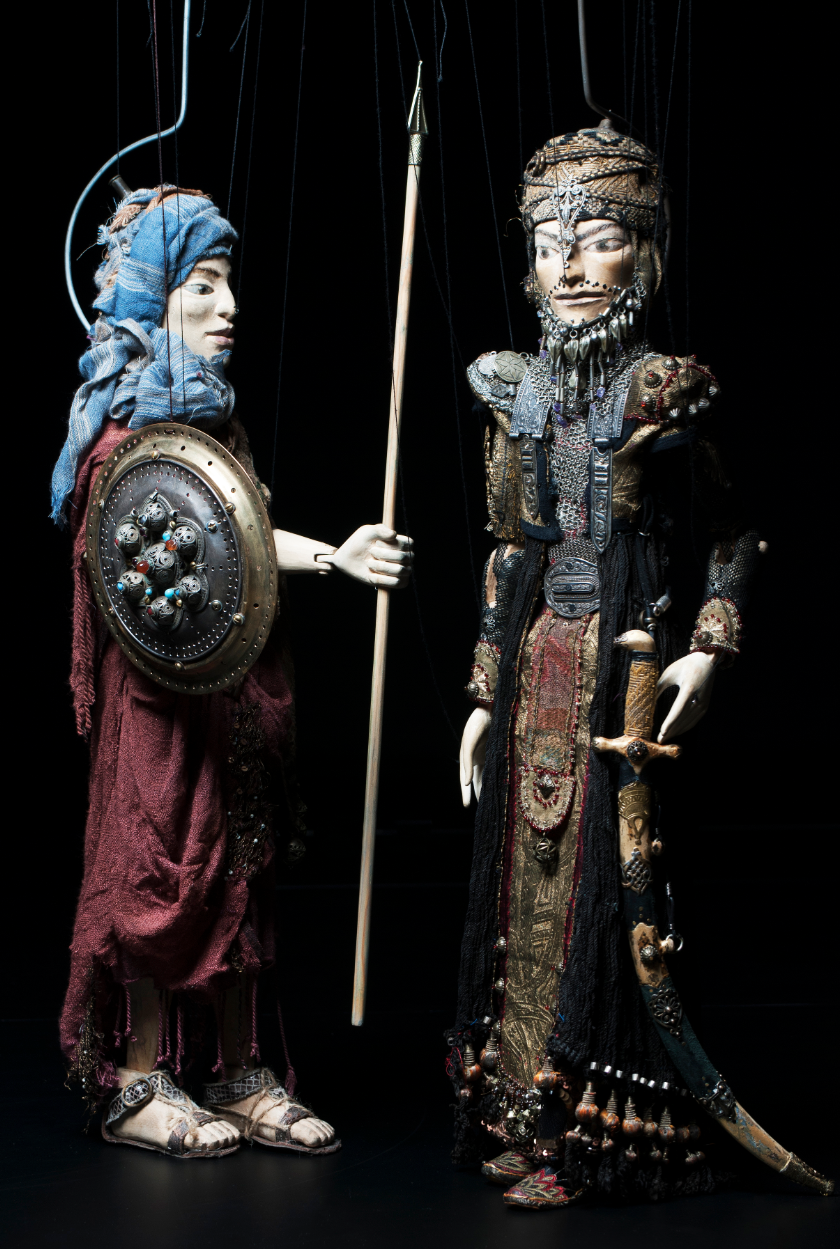
The visual series of the play are finely thought out – it is a feast of colors, refined splendor of fabrics, curiosity of patterns and at the same time clarity of metaphors and unobtrusive emotional background of events.
What attracts you in the style of Qajar art?
The Qajar period is kind of Renaissance of our culture, very bright by color and shape, it has a continuation, some recognizable elements in culture today as well: the Sheki Khans' Palace, echoes in national suits, decorative and applied art... In my opinion, this aesthetic can be boldly used in the solution of the performance "Leyli and Majnun". Unique Qajar portraits are stored in the collections of many museums around the world. But, as often happens, we failed to pay tribute to a huge part of the art of that era, as well as to such a grand heritage as carpet art, stuck in the 18th – 19th centuries.
Mysterious creature from childhood, object of sacraments, mystics and magical rituals, self-valued creation of artists – here are some strokes of "pedigree" of wooden artists on strings from Gorchu – exquisite, in luxurious clothes, with fine facial expressions.
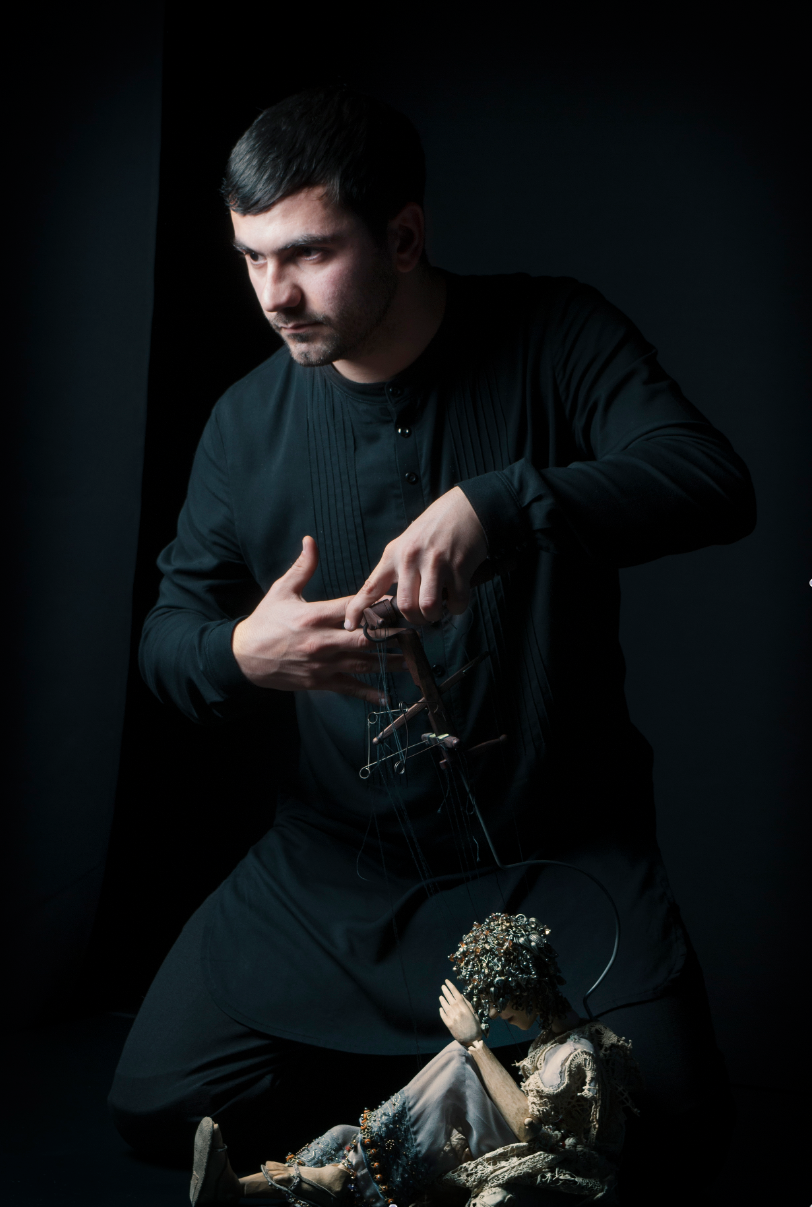
In your theater, an actor is basically a tandem of a doll and a person...
The doll is a complex phenomenon. In the presentation of the layman – "a stationary souvenir". For me, it's a work of art and a character of opera which has to move. Only in motion the doll expresses itself.
Someone said that dolls don't leave our lives, we just stop playing with them. There is no such thing as an actor in the marionette theater – there are characters-dolls created by you, and actors just play with them.
The privilege of "playing with dolls" in front of the audience does not exclude the greater involvement of someone who, by the magic of hand movements, spiritualizes a "toy". Dressed in neutral black, he remains suspended in the shadow of a bright character-symbol or adds new colors and details to the initially set image of the doll.
Does open leading carry some distinct point?
It does both artistic and semantic: it emphasizes that loving, suffering, dying heroes are led by the highest power. There is nothing brutal about this force, it is a symbol of the eternal female beginning: softness, flexibility, maternal care. It's no coincidence that almost all of our actors are women.
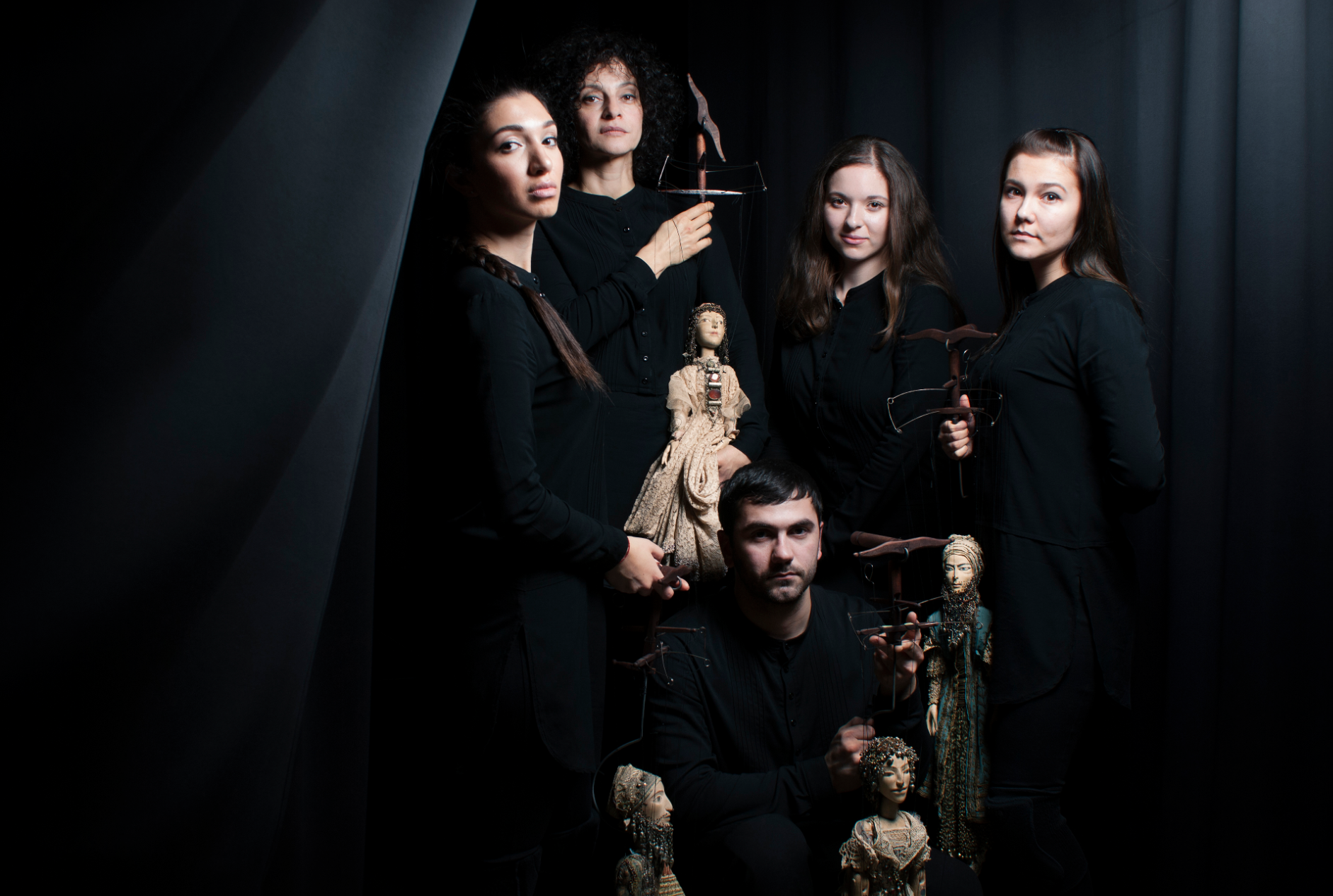
According to the French writer C.Nodier, the first doll was a product of the maternal instinct of the "first girl" and the "game with invention" became a prototype of the puppet theatre art. Asking the following question, I had no doubt about the answer:
Are you a dictator or liberal?
In principle, certainly, a dictator. After all, the director should not only invent his own artistic world, but also fulfill it on stage.
Did you succeed in creating in the new play a world born in your imagination?
It's never possible to do till the end. In our case, we, had no experience and studied during the working process – both actors, and light and sound operators. We focused on the technical capabilities that we had, the visual concept in general was not affected by this.
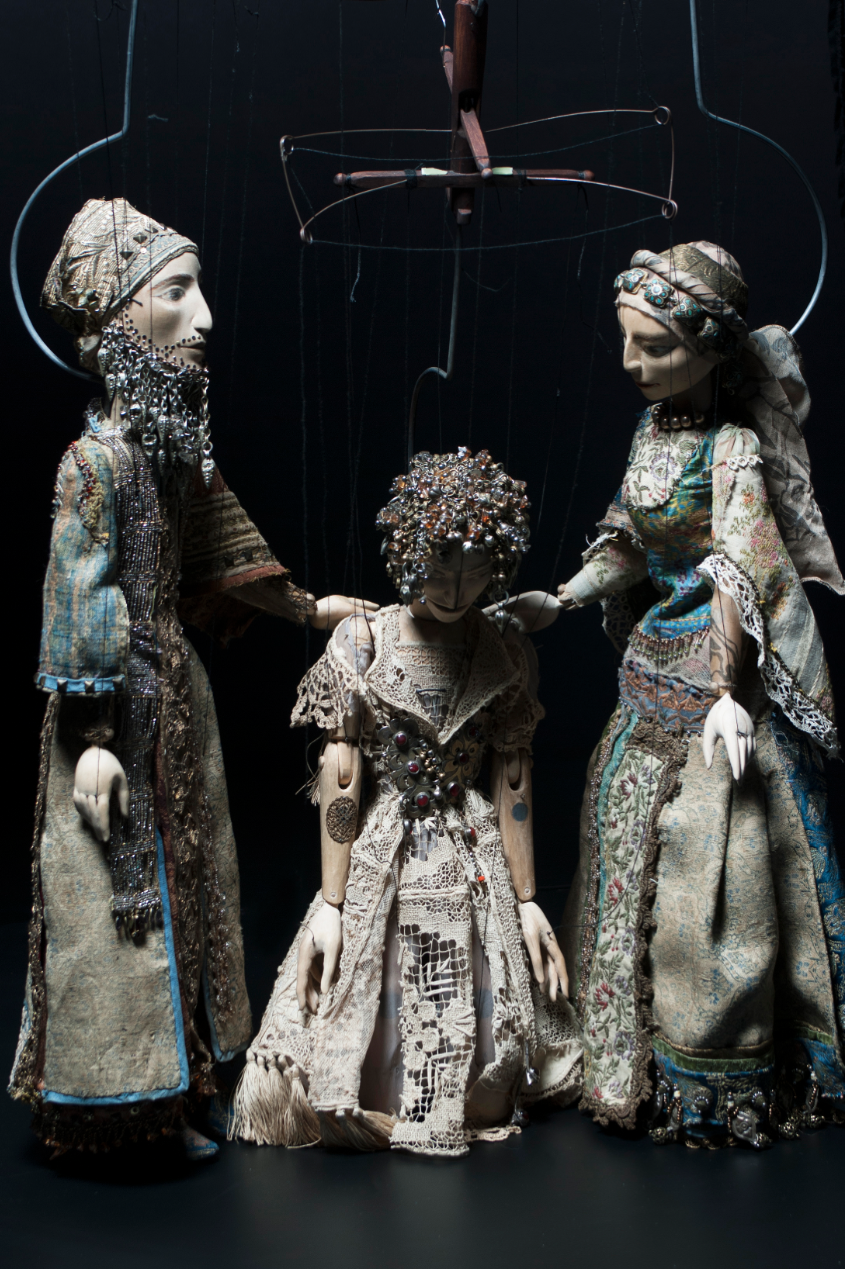
How do you feel giving away your creation when the play will go its own way after the premiere?
Directing is an ungrateful art in general. Everything happens "here and now", as in life, you cannot hold onto a moment. The director can put on the same play in different countries – France, America, Azerbaijan – and each time this will be different performances. The embodiment of what is conceived in directing is like meditation, which cannot be captured: you can learn this technique, but further practice will be your personal experience, not your teacher's meditation. The director leaves without leaving anything behind.
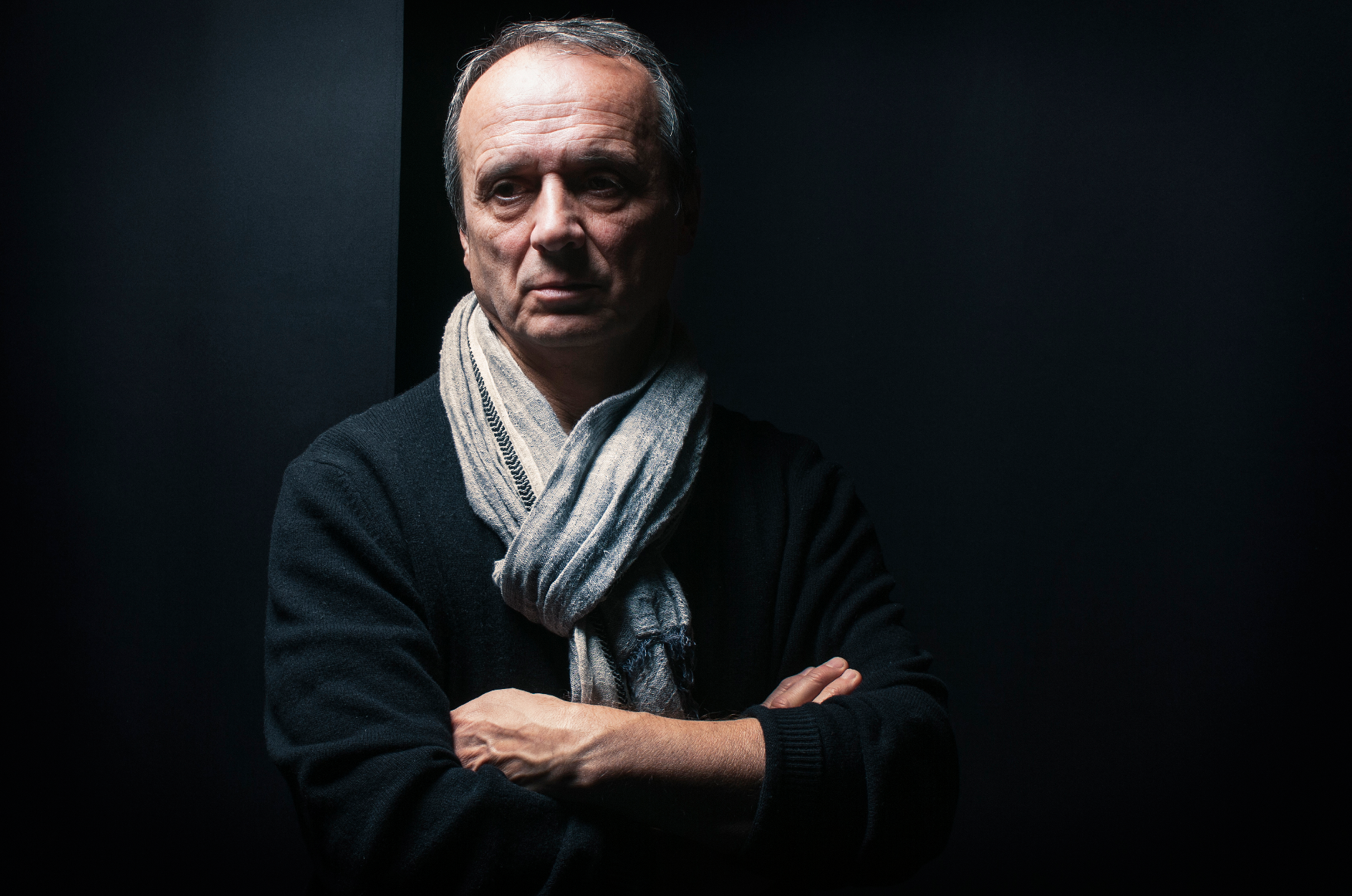
Interview by Arzu Mammadova
Photo by Sergey Khrustalyov











